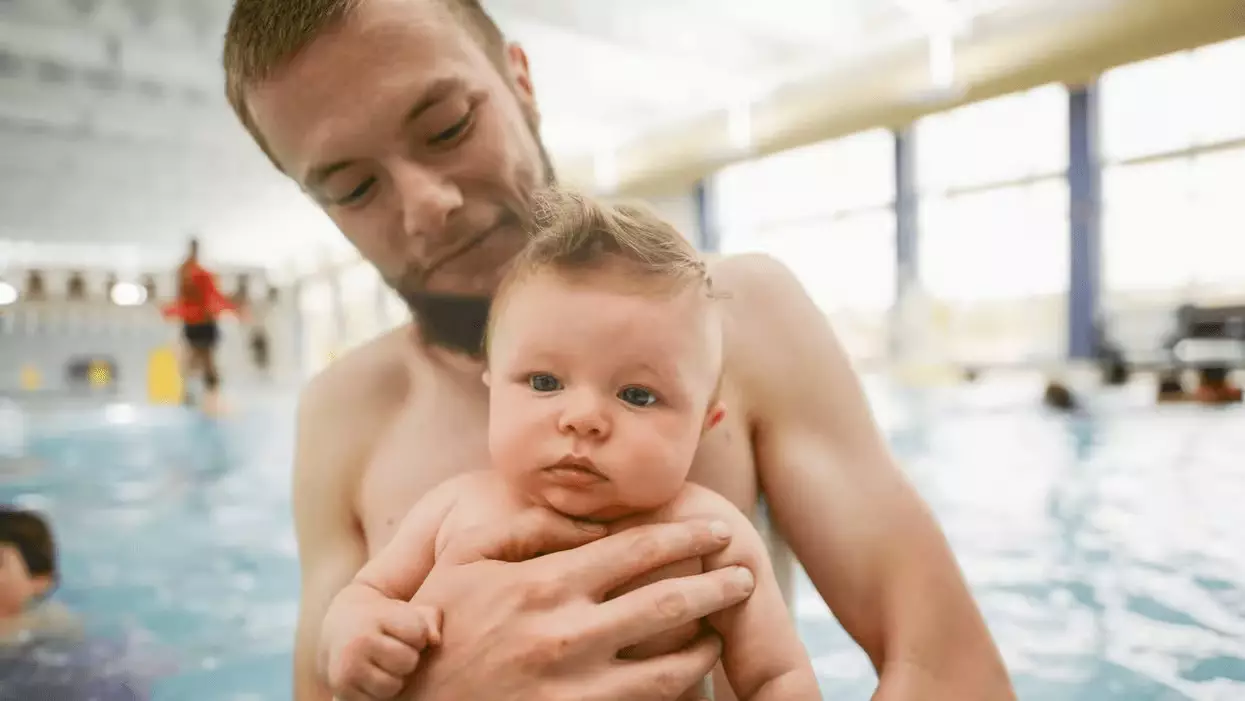Water is an integral part of childhood, providing endless opportunities for fun and exploration. However, alongside this joy lies an undeniable need for safety. The drowning statistics are alarming, with children at a higher risk than adults when it comes to unsupervised water access. Thus, the question arises: when is the right time to invest in swimming lessons for our little ones? The American Academy of Pediatrics (AAP) suggests that starting swimming lessons as early as one year can provide significant benefits, particularly in cultivating a sense of safety around water. This insight challenges us to reconsider not just the timeline but also the approach to swim education for children.
The One-Year Milestone: A Critical Window
Turning one is not merely a milestone in age; it’s an opportunity to introduce vital life skills that could one day save a child’s life. According to the AAP, children can start benefiting from swimming lessons around their first birthday, providing they have had sufficient exposure to water and demonstrate readiness. However, readiness isn’t a one-size-fits-all concept; it varies from child to child. Factors such as emotional maturity, physical capabilities, and cognitive development all play critical roles in determining whether a child is prepared to dive into structured lessons. It’s crucial for parents to recognize that while early instruction can be beneficial, a child’s enthusiasm and ability to engage should be paramount considerations for starting swim lessons.
Before Diving In: Weighing the Options
While many parents are eager to enroll their children in infant swimming programs, the AAP warns that there is no concrete evidence that these programs effectively reduce drowning risks for infants under one year of age. Nevertheless, parent-and-baby classes can foster a positive experience centered around water and help acclimate both parents and children to aquatic environments. Engaging in gentle interactions in the water can make future swimming lessons more approachable. Such classes emphasize the joy of being in the water without the pressure of formal skill acquisition, setting the stage for success when the child is finally ready for structured lessons.
The Reality of Drowning Risks
It is imperative to note that swimming lessons do not equate to “drown-proofing” a child. The age group most susceptible to drowning incidents, particularly toddlers aged 1-4, often faces unforeseen access to water. Therefore, constant supervision by an adult is non-negotiable. This means that parents must be vigilant, consistently keeping their children within an arm’s reach when near water. Understanding the behavior of young children — their curiosity and impulsiveness — enables parents to create safer environments that mitigate risks, but no amount of caution can replace the need for active oversight.
Creating Safe Water Environments
For families with pools, the AAP recommends installing a four-foot isolation fence that boasts a self-closing, self-latching gate to restrict unsupervised access. Additionally, keeping emergency equipment, such as life buoys and reach tools, nearby creates a layer of preparedness in case of any mishap. When visiting others’ homes or public pools, parental vigilance must extend to assessing the safety barriers that are in place. Parents should ask questions about the effectiveness of locking mechanisms on sliding doors and ensure the gates are properly maintained. Understanding the environment is crucial in establishing a safe atmosphere for children.
Engaging the Family and Community
Teaching children water safety and swim skills is not solely a parental responsibility; rather, it should be a community initiative. Family and friends can participate in reinforcing safety practices, and many households have taken to implementing a “designated watcher” during pool parties — an adult who focuses solely on monitoring the children in or near the water. Such collective responsibility can reduce accidents and create a supportive framework where families watch over each other’s children. Access to swimming lessons should also be made equitable; many localities offer scholarship programs to make swim education more affordable, ensuring that cost doesn’t become a barrier for families seeking this essential skill.
The Gift of Swimming Lessons
Interestingly, the act of gifting swimming lessons is a wonderful gesture that transcends the tangible. Instead of traditional birthday gifts, parents can encourage loved ones to consider funding swim lessons as a meaningful present. These lessons, rooted in practicality and fun, not only impart necessary skills but also contribute to our children experiencing the joy and freedom that swimming can bring. Living in a world filled with pools, lakes, and oceans makes swimming a critical life skill, one that every child should have the chance to embrace confidently.

